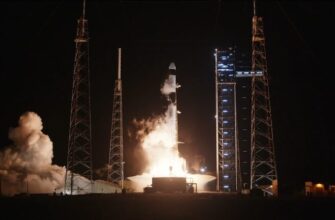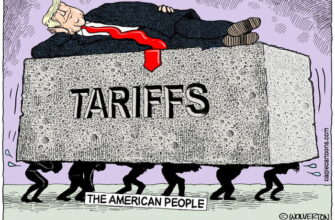For centuries, the story of humanity`s journey across the globe has been a vast, intricate tapestry woven with threads of migration, adaptation, and diversification. Yet, even in our era of advanced scientific inquiry, there remain blank spaces, unexplored chapters waiting for their narratives to unfold. Such is the case with a recent, paradigm-shifting discovery emanating from the highlands of Colombia, where scientists have unveiled a previously unknown branch of the human family tree.
The Echoes from Checua: A Groundbreaking Discovery
In what promises to be one of the most significant archaeological breakthroughs of the decade, a team of researchers in Colombia has officially announced the identification of an entirely distinct human lineage. This remarkable finding, spotlighted by the meticulous work of geneticists near the vibrant capital city of Bogotá, challenges long-held assumptions about the early inhabitants of the American continent.
The newly identified group has been christened the “Checua people,” a name paying homage to the very archaeological site where their ancient remains were first brought to light. It`s a testament to the persistent nature of science that these precious relics, initially unearthed way back in 1992, have now, decades later, yielded secrets far beyond what their initial discoverers could have imagined.
Unraveling the Genetic Blueprint
The cornerstone of this revolutionary revelation lies in the power of modern genetic science. Researchers from the Institute of Genetics at the National University of Colombia, spearheaded by the distinguished scientist Andrea Casas, employed full DNA sequencing techniques on the ancient remains. This is not merely a glance into the past; it`s a deep, granular dive into the very instruction manual of life.
Casas and her team embarked on an exhaustive comparative analysis. They meticulously cross-referenced the newly sequenced DNA profiles with an extensive database of genetic findings from other ancient human populations across the American continent. The results were unequivocal: the Checua people possessed a distinct and previously unrecognized genetic lineage, entirely separate from any known ancestral groups. It`s almost as if they were quietly residing in a forgotten corner of our genetic library, waiting for the right librarian to stumble upon their story.
“The full genome sequencing provided an unprecedented level of detail,” stated Dr. Casas. “Our comparative analysis confirmed that the Checua people`s genetic markers do not align with any known migratory patterns or existing indigenous populations. This necessitates a re-evaluation of our understanding of ancient human diversification in this region.”
Implications for Human History in the Americas
This discovery in Colombia is more than just an interesting footnote in archaeological journals; it`s a seismic shift for our understanding of human migration and settlement in the Americas. For years, theories have largely coalesced around a few primary migratory waves into the continent. The Checua people now present a compelling case for a more complex and diversified peopling of these lands.
Consider the historical narrative we`ve often been told: humans arrived, spread, and settled. Simple, right? Well, science, with its delightful habit of complicating things, has once again reminded us that reality is often far more nuanced and intricate. The Checua people suggest that pockets of distinct human populations may have thrived in relative isolation, or perhaps followed migratory routes previously unconsidered, contributing to a tapestry of early American societies that was richer and more varied than previously documented.
Future Research and Unanswered Questions
The identification of the Checua lineage opens a Pandora`s Box of scientific inquiry. Researchers will undoubtedly now focus on:
- **Geographical Extent:** How far did the Checua people`s influence or territory extend? Are there other sites in Colombia or neighboring regions that might yield similar genetic signatures?
- **Cultural Practices:** What does this unique genetic profile tell us about their culture, social structures, and daily lives? Further archaeological excavation at Checua and similar sites will be crucial.
- **Interactions with Other Groups:** Did the Checua people interact, trade, or interbreed with other contemporaneous groups in South America?
- **Environmental Adaptation:** How did their unique genetic makeup potentially influence their adaptation to the specific environments of the Colombian highlands?
This find serves as a powerful reminder of how much of our own history, especially in less-explored regions, remains hidden beneath layers of earth and time. It’s an intellectual adventure where every shovel of dirt and every genetic sequence can rewrite chapters of our collective past.
The Checua people, once merely ancient bones, now stand as a vital new chapter in the saga of human history. Their re-emergence from the Colombian soil, propelled by the relentless curiosity and ingenuity of scientists like Andrea Casas, ensures that the story of humanity`s journey across the Americas remains as dynamic and enthralling as ever.








